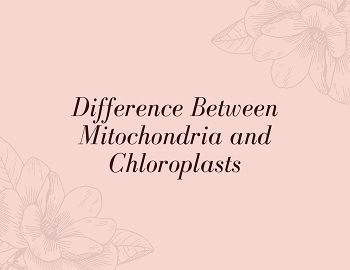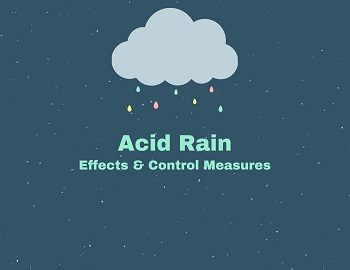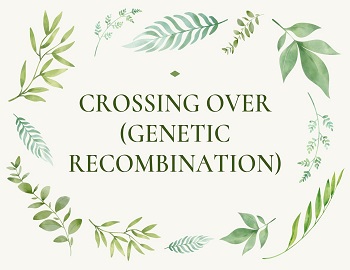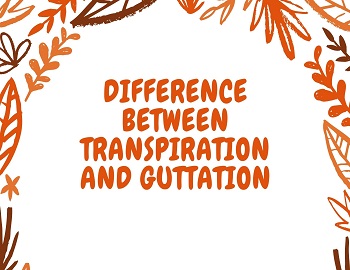Difference Between Mitochondria and Chloroplasts:
The following are the points of difference between Mitochondria and Chloroplasts.
| Mitochondria | Chloroplasts |
|---|---|
| Mitochondria are colourless cell organelles. | Chloroplasts are green cell organelles. |
| Mitochondria occur in plants, animals, protists and fungi. | Chloroplasts occur in plants and some protists. |
| The organelles are found in all cells of aerobic organisms. | They are present in only green cells exposed to light. |
| Mitochondria are generally cylindrical in outline. | Chloroplasts of higher plants are discoid in outline. They have various shapes in lower organisms. |
| The inner membrane shows involutions called cristae. | The inner membrane develops involutions called thylakoids or lamellae. |
| Cristae remain attached to the inner membrane. | Thylakoids generally separate from the inner membrane. |
| Intracristal space is connected to the outer chamber. | Intrathylakoid space or loculus is not connected to periplastidial space. |
| There is no stacking of cristae. | Thylakoids are stacked at places to produce grana. |
| Mitochondria lack pigments. | Chloroplasts possess photosynthetic pigments. |
| ATPase synthetase projects towards the inner surface of cristae. | ATPase synthetase projects towards the outer surface of thylakoids. |
| They undertake catabolic reactions. | Chloroplasts perform anabolic reactions. |
| There is no mechanism to harvest light energy. | They are able to harvest light energy and convert it into chemical energy. |
| Mitochondria perform part of respiration. | Chloroplasts perform all the steps of photosynthesis. |
| Organic food is broken down to produce energy. | Organic food is built up to store energy. |
| They consume oxygen. | They liberate oxygen. |
| Mitochondria produce CO2 and H2O as end products. | Chloroplasts utilise CO2 and H2O as raw materials. |









Comments (No)